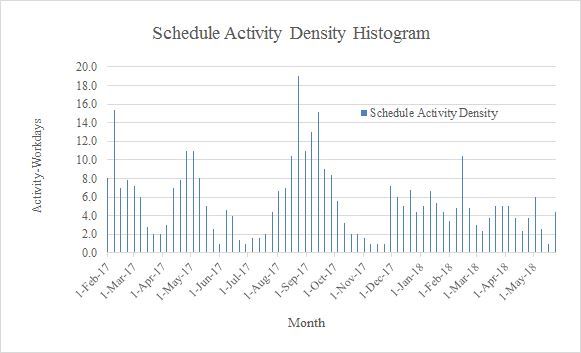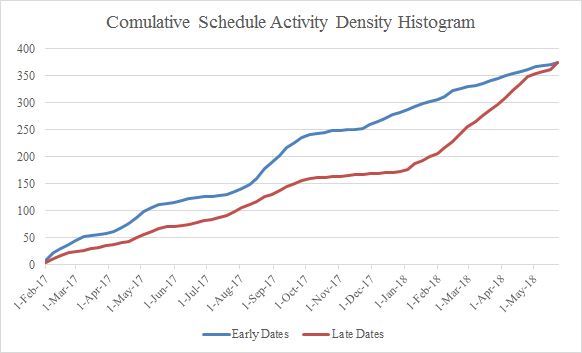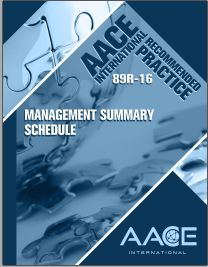The Association for the Advancement of the Cost Engineering (AACE International) has recently released Recommended Practice 129R-23, Linear Scheduling Method (LSM). Dr. Amin Terouhid, PE, PMP and Dr. Mirhadi, PMP, Adroit’s principal consultants, are the two primary authors of this recommended practice. This recommended Practice has been peer reviewed and approved by AACE’s planning and scheduling subcommittee members and has now been released for public review.
The AACE International Recommended Practices (RPs) contain valuable reference information and serve as references for project management, cost engineering, and construction claims professionals around the globe. These documents are regularly and carefully updated, go through multiple peer reviews and revisions before publication, and are routinely reviewed by numerous relevant practitioners. The AACE International Recommended Practices (RPs) have been subject to a rigorous peer review process and are intended to be the main technical foundation of AACE’s educational, and certification products and services.
Adroit’s consultants have previously authored other recommended practices too. They received the AACE 2018 Technical Excellence Award because of their role in authoring some of the recommended practices published by AACE international (including Recommended Practice 91R-16 Schedule Development, Recommended Practice 89R-16 Management Summary Schedule, and Recommended Practice 92R-17 Analyzing Near-Critical Paths).
Project planning and scheduling professionals use a variety of project scheduling methods depending on the type, size, and nature of projects. The linear scheduling method (LSM) is typically used on projects wherein the majority of the scope is made up of highly repetitive work elements along a horizontal or vertical alignment. Examples of these projects include pipeline, tunnel, airport runway, highway, transmission line, road resurfacing, railroad, or high-rise construction projects. An LSM schedule (also known as a linear schedule or march chart) is the graphical output of the LSM. Linear schedules use velocity diagrams, which will be described below, to represent each activity and the progress rate to be achieved (or alternatively, the progress actually achieved) over time. The schedule format typically provides planned and/or actual production rates on a time-scaled, linear format.
This recommended practice (RP) is intended to serve as a guideline, not a standard. As a recommended practice of AACE International, the main objectives of this recommended practice (RP) are to increase LSM usage and enhance project management practices by:
- Providing an overview of the LSM.
- Defining characteristics and applications of the LSM.
- Delineating the steps and main considerations in developing, updating, and managing linear schedules.
- Highlighting main considerations in interpreting linear schedules
For more information about this recommended practice see:
To find out about the strategies for the effective use of project schedules, including the use of Linear Scheduling Method (LSM), please feel free to contact us.
References:
http://web.aacei.org/resources/publications/recommended-practices





